Silver Rolling Machine
silver sheet rolling mill used for making jewelry helps customers produce various types of jewelry.
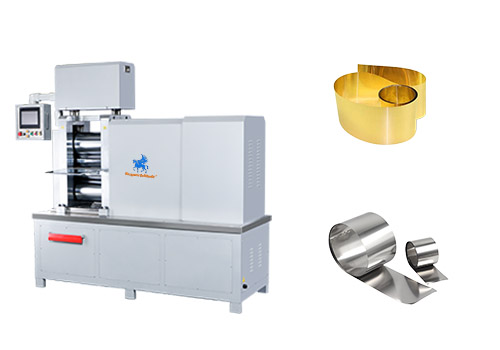
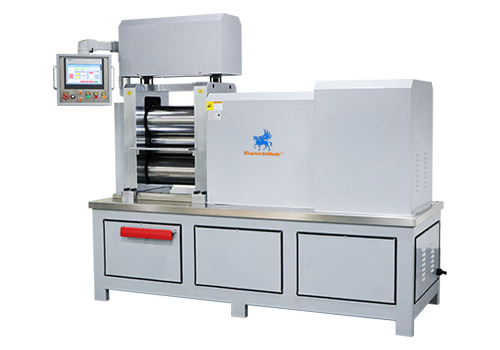
SuperbMelt Four-Axis Silver Rolling Machine is specially designed for rolling various types of metal sheets and can press sheets into thicknesses ranging from 120-0.03mm including gold, silver, and platinum. This machine can apply pressure from multiple directions, significantly improving the flatness and uniformity of the material, while also greatly enhancing production efficiency.
The Four-Axis Silver Rolling Machine can handle a wider range of materials, making it suitable for large-scale production, especially in applications requiring high precision and high-quality finished products, such as in jewelry, automotive, aerospace, and precision engineering sectors.
If you would like to know more about our rolling machines, please contact us immediately!
| Model number | SPB- | SPB- |
| Power source | 380V | 380V |
| Power | 15 kw | 22 kw |
| Applicable metal | Metal materials such as gold, platinum, silver, copper and their alloys | Metal materials such as gold, platinum, silver, copper and their alloys |
| Sheet thickness compression | 1-0.03mm | 120mm-0.05mm |
| Compression size | Within 180mm | Below 280mm |
| Roller shaft size | Large shaft 200*250mm Small shaft 80*250mm | Support roller diameter: 220 x width 300 mm Work roll diameter: 60 x width 300 mm |
| Dimensions | 1830*2300*1800mm | 2350*2200*2000mm |
| Weight | 2400KG | 2800 kg |
- Intelligent control with servo motor for guaranteed precision.
- High-hardness four-axis rollers, made from imported materials, with a hardness reaching 63-62 HRC.
- High precision with four-axis pressing, achieving thinner thicknesses with finished products as thin as 0.04mm.
- Even and straight finished products, with roller gap adjustments controlled by a servo motor to ensure uniformity.
- Automatic oil supply with an integrated oil system for extended equipment life.
- Simple operation, featuring a straightforward UI interface design for easy use.
- Jewelry Manufacturing: Used for producing high-quality gold, silver, and platinum jewelry such as rings, bracelets, and necklaces.
- Electronics Industry: Used to manufacture metal sheets and foils that are essential in circuit boards and other electronic components.
- Automotive Industry: Used for making metal parts for automobiles that require precise dimensions and high strength.
- Aerospace Industry: Used in manufacturing critical metal components for aircraft and spacecraft that demand utmost precision and material strength.
- Precision Engineering: Produces critical components for precision machinery and tools, where strict dimensional control and material properties are required.
Why SuperbMelt Silver Rolling Machine



Any Question About SuperbMelt Silver Rolling Machine
FAQ Guide of Silver Rolling Machine
- 1. What is a Silver Rolling Machine used for?
- 2. Can a Silver Rolling Machine be used for other metals besides silver?
- 3. Can a Silver Rolling Machine be customized to specific requirements?
- 4. How does the speed and pressure settings on a Silver Rolling Machine affect jewelry production?
- 5. How can a jewelry artisan optimize the use of a Silver Rolling Machine to enhance productivity and output quality?
- 6. How does a Silver Rolling Machine benefit the jewelry industry?
1. What is a Silver Rolling Machine used for?
The jewelry industry mostly uses silver rolling machines to refine raw silver into thin sheets or strips that are then used to create a variety of jewelry designs. The device carefully thins down silver to the appropriate gauge for making jewelry by running ingots or pre-formed billets through rollers that are powered by electricity or mechanical force.
Many jewelry pieces, including rings, bracelets, earrings, necklace components, and ornamental elements that call for fine craftsmanship and a high-quality finish, can be made using rolled silver. The longevity and complex patterns of jewelry pieces are dependent on the better workability, smooth surfaces, and consistent thickness that this procedure assures.
Additionally, jewelers may increase their creativity and flexibility in jewelry production by utilizing a Silver Rolling Machine to adjust the thickness and breadth of the silver in accordance with specific design requirements. This is especially useful when making handcrafted or bespoke jewelry since each item may be specially customized to fit a person’s tastes.
2. Can a Silver Rolling Machine be used for other metals besides silver?
yes, it is also suitable for metal materials such as gold, platinum, silver, copper and their alloys
3. Can a Silver Rolling Machine be customized to specific requirements?
It is possible to tailor a silver rolling machine to meet certain needs. In order to customize the equipment to the customer’s requirements and preferences, manufacturers often provide customisation options. To suit certain production needs or accommodate special procedures, this modification may include changing the machine’s size, roller combinations, speed and pressure settings, automation capabilities, and extra functionality. With customization, the equipment is guaranteed to perform flawlessly with the customer’s workflow, production objectives, and the properties of the materials being processed.
4. How does the speed and pressure settings on a Silver Rolling Machine affect jewelry production?
- Material Thickness and Uniformity: The production of silver sheets or strips is directly impacted by the pressure settings used. Greater pressure has the ability to considerably reduce the thickness of the metal, enabling the production of finer pieces. Metal may distort or even break, though, if the pressure is too great in relation to the metal’s characteristics and the required thickness. On the other hand, insufficient pressure may fail to sufficiently thin the material, leaving uneven pieces that are challenging to work with for intricate jewelry designs.
- Production Speed: The Silver Rolling Machine’s speed has an impact on the production process’s total productivity and throughput. Faster speeds are advantageous in high-volume production environments because they allow for the processing of more material in less time. However, if the speed is too high, the metal may not have enough time to adapt to the rollers, which might result in flaws like wrinkles or fractures.
- Surface Finish: The silver sheets’ or strips’ surface finish is likewise affected by the pressure and speed combination. When creating jewelry, where the aesthetic quality of the metal surface is crucial, ideal settings should provide a clean finish free of pits, scratches, and other flaws.
- Material Hardness and Workability: The silver’s work-hardening process may be controlled by varying the pressure and speed. Overprocessed or overly compressed metal can become too brittle and hard to work with further, making it challenging to form into complex jewelry designs without extra steps like annealing to soften the metal.
- Precision and Control: When working with intricate items or when precise requirements are needed, jewelers may get a higher degree of precision in reaching the requisite metal thickness and homogeneity by fine-tuning the speed and pressure.
5. How can a jewelry artisan optimize the use of a Silver Rolling Machine to enhance productivity and output quality?
- Appropriate Material Preparation: Make sure the silver has been cleaned and annealed appropriately before running it through the rolling machine. Cleaning ensures that contaminants do not damage the surface quality during rolling, while annealing makes the silver more pliable and less likely to fracture or break under pressure.
- Frequent Machine Maintenance: It’s important to maintain the rolling machine in optimal working order. This involves giving the rollers a routine cleaning to get rid of any accumulation or dirt, checking to make sure the rollers are in good alignment and undamaged, and lubricating the moving parts to stop wear and tear. A machine that is kept up to date offers more reliable performance and lowers the possibility of material damage.
- Accurate Roller Adjustment: Depending on the thickness and hardness of the silver being used, precisely adjust the roller gap. In order to minimize work hardening and material waste, precise gap setup may be achieved in fewer passes by using digital calipers or micrometers.
- Controlled Speed and Pressure Settings: To determine the best combination for the kind of jewelry being created, experiment with various speeds and pressure settings. When trying to achieve precise control over the thickness and surface quality of the silver sheet, slower speeds and more progressive pressure increases are usually preferable.
- Gradual Reduction: Steer clear of thinning too much in one pass as this might cause stress on the silver and result in flaws. Rather, reduce the thickness step by step, annealing the silver in between as needed to keep it workable.
- Monitoring and Making Adjustments for Evenness: Make sure the material being rolled is consistently even. To ensure consistency in the finished product, adjustments may be required if the silver starts to exhibit evidence of uneven thickness or textural faults.
- Effective Workflow and Layout: To save handling time and mobility, arrange the workspace in a circle around the rolling machine. To speed up the procedure, have all required supplies and equipment on hand, including as measuring instruments, quenching bowls, and annealing torches.
- Use of Templates and Gauges: During the rolling process, use thickness gauges and templates to reliably reach the specified material dimensions without making too many measurements and revisions.
- Operator Training: Make sure that the person using the equipment has received extensive training on both how to use it and fix typical problems. Gaining an understanding of the material’s and machine’s subtleties may greatly enhance the output’s quality.
6. How does a Silver Rolling Machine benefit the jewelry industry?
- Precision and Consistency: The thickness and homogeneity of the silver sheets or strips can be precisely controlled with the use of silver rolling machines. This accuracy is essential to manufacturing reliable, fine jewelry, particularly when making several pieces with the same design.
- manufacturing Efficiency: Compared to human hammering or rolling, these machines greatly expedite manufacturing times by mechanizing the thinning down of silver. This efficiency is especially helpful in high-volume manufacturing environments where output consistency and timing are crucial.
- Material Conservation: By carefully regulating the process of material deformation, rolling machines help to minimize material waste. This exact control makes sure that the silver is used effectively, cutting down on waste and the need for extra material.
- Versatility: Silver Rolling Machines are useful instruments in a jewelry workshop because they can handle different kinds and thicknesses of metal. They enable a wide range of jewelry to be produced, not only for silver but also for other precious metals including gold, platinum, and their alloys.
- Management of Work Hardening: Rolling the silver can also work-harden it, giving it more sturdiness and strength. This is advantageous for jewelry applications where a more robust, stiffer material is needed. Additionally, improved management of the metal’s characteristics is made possible by the machine’s capacity to adjust the degree of work hardening.
- Better Aesthetic Quality: The jewelry has a more appealing appearance thanks to the rolling machine’s flawless finish. It guarantees that the wires and silver sheets are free of flaws that could arise from manual methods, resulting in a finished product that is more polished and polished.
- Cost-Effectiveness: Over time, jewelers can save money by investing in rolling machines because of lower labor costs and higher throughput. The craftspeople are able to concentrate on more complex elements of jewelry creation, such design and finishing, because the rolling process has been automated.
- Safety: Compared to human methods, which can be physically taxing and carry a risk of injury, using a rolling machine is often safer. The regulated atmosphere that machines offer lessens the physical strain on artists and lowers the possibility of mishaps.
- Enhanced Creativity: Jewelers can experiment with a wider range of creative possibilities since they can effortlessly make metal strips in different thicknesses and widths. This adaptability promotes creativity and experimentation in the creation of new jewelry designs.

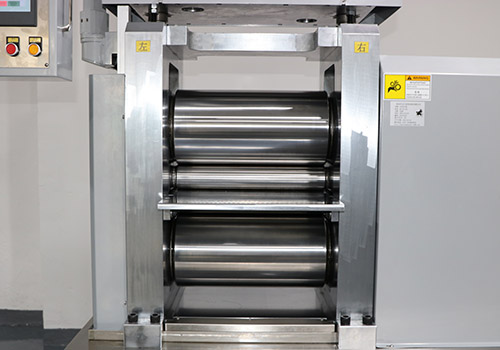
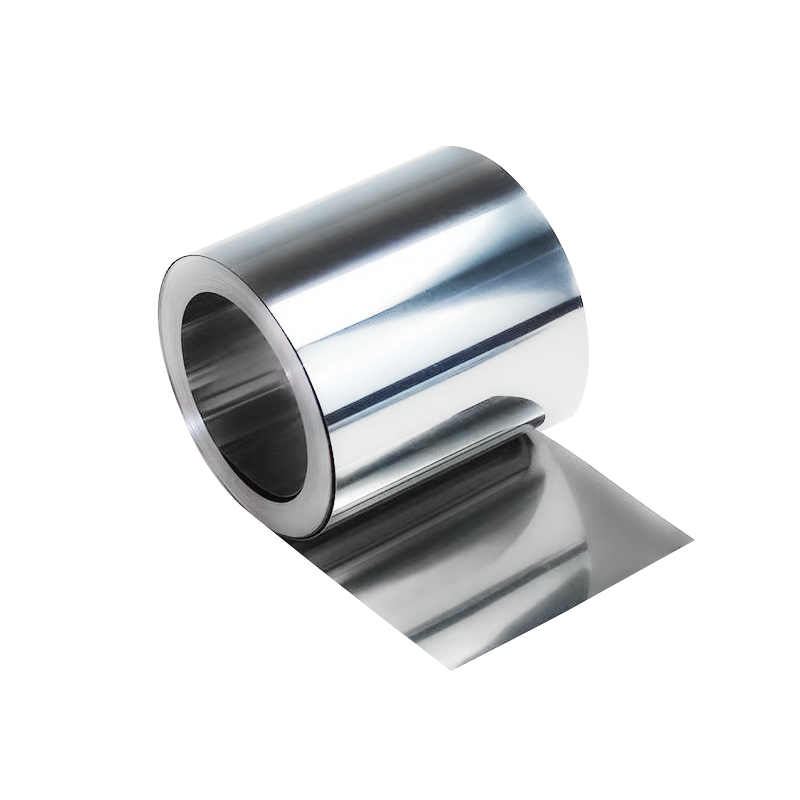
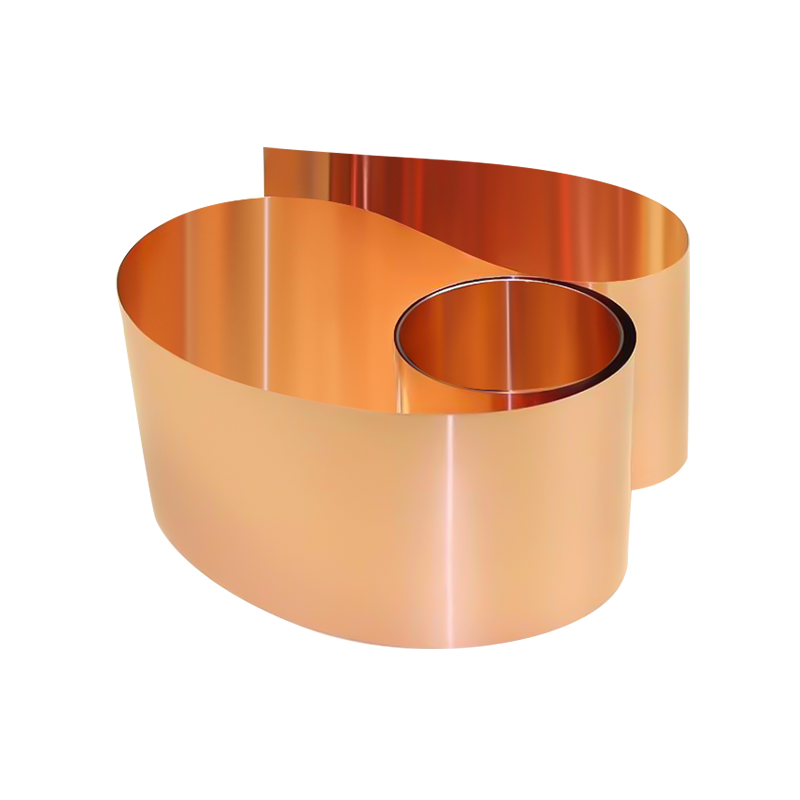
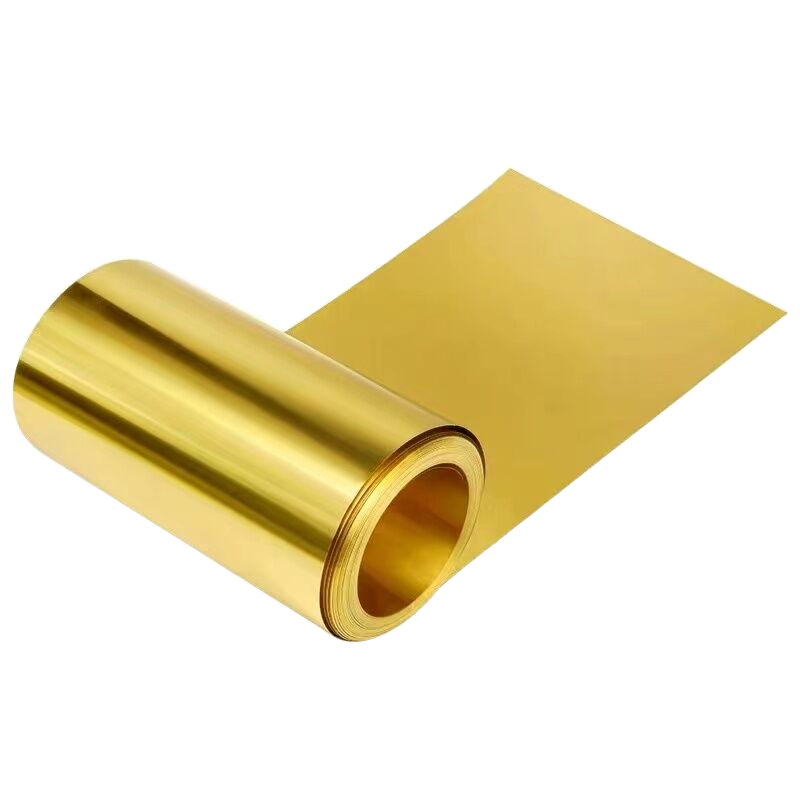
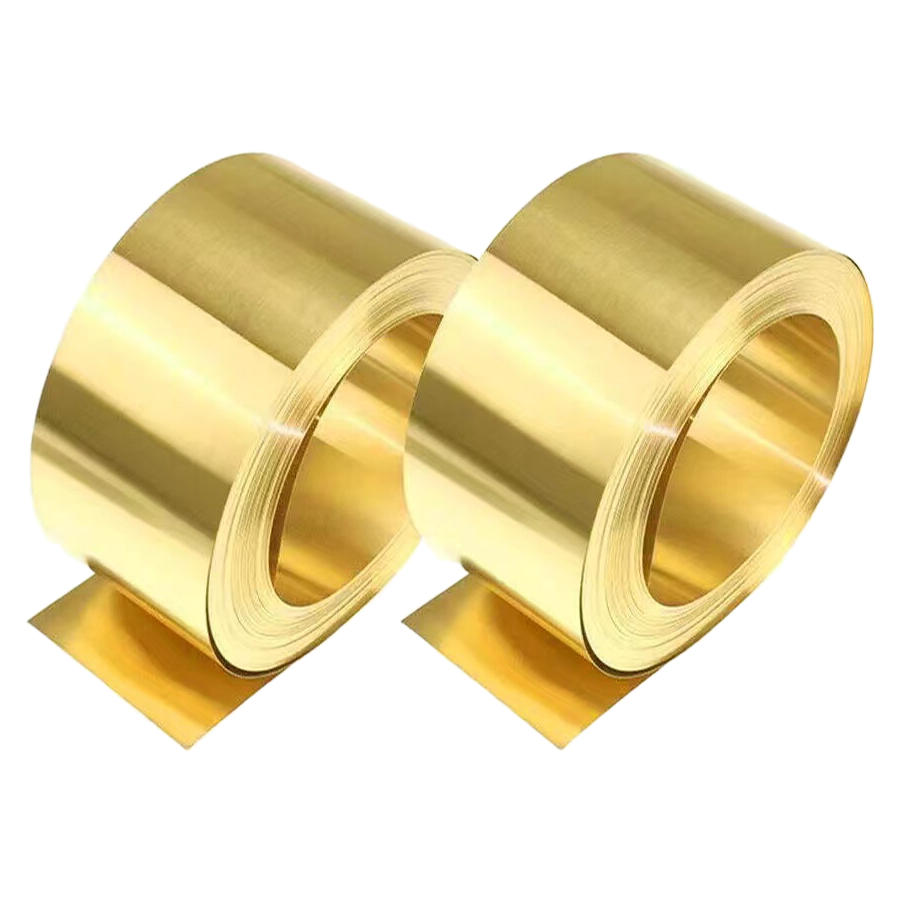
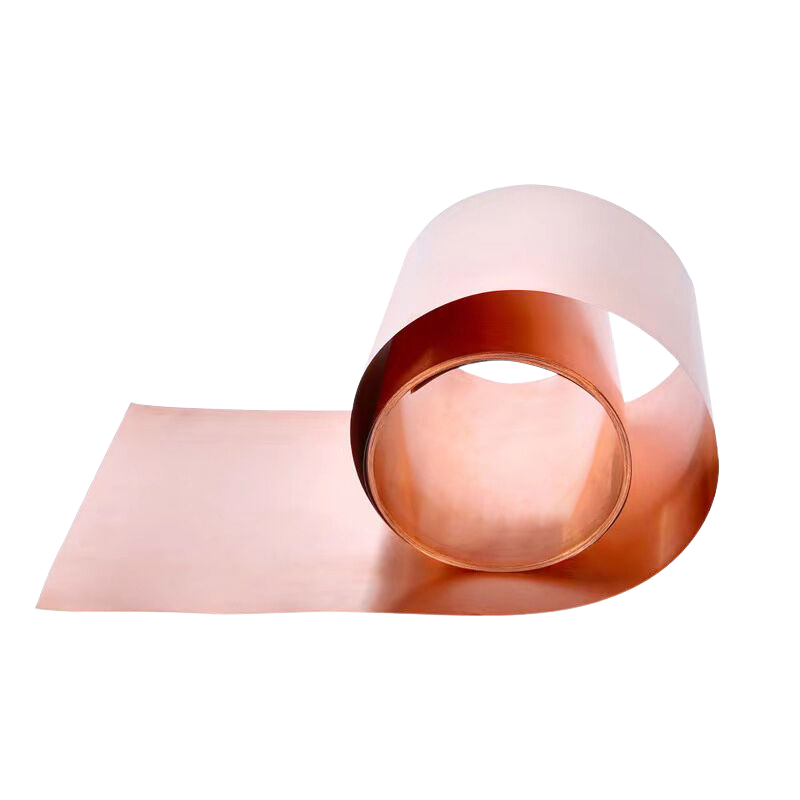

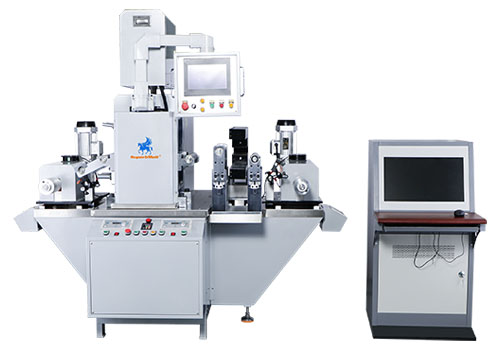
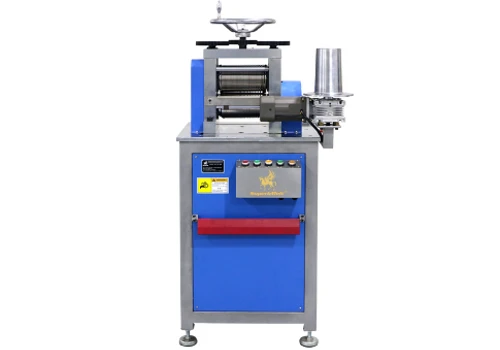
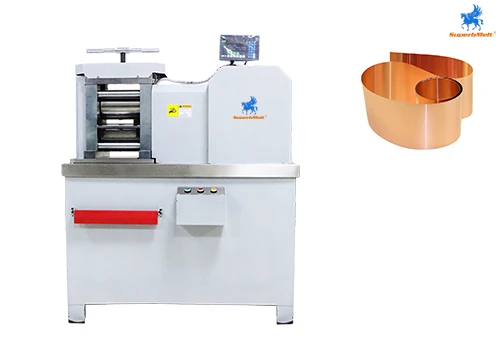
 © Copyright 2008-2021 Superb Electromachinery Co., Limited
© Copyright 2008-2021 Superb Electromachinery Co., Limited